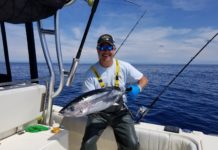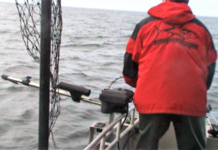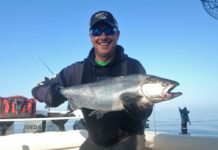
The primary skeleton of many glass sponges is a network of large spicules that have fused together to form a matrix that defines the overall body shape of the sponge. Image courtesy of G.P. Schmahl.
Did You Know?
While attention is often given to the study of deep-sea corals, much less is known about the role that sponges play in deep-sea communities. In 2004, scientists exploring in the Gulf of Alaska documented the fact that sponges provide homes for a variety of animals, from brittle stars to crabs and shrimp.
Glass sponges, or hexactinellids, belong to the phylum Porifera. These animals are common only in the deep ocean. Their tissues contain glass-like structural particles made of silica. The many tiny siliceous elements of a glass sponge’s skeleton are called “spicules.” Unlike most sponges, glass sponges produce extremely large spicules that fuse together in beautiful patterns to form a “glass house”; a complex skeleton that will often remain intact even after the sponge itself dies.
The skeleton of the glass sponge together with various chemicals provide defense against many predators. Some starfish, however, are known to feed on glass sponges.
Glass sponges live attached to hard surfaces and consume small bacteria and plankton that they filter from the surrounding water.
The most famous glass sponge is a species of Euplectella, known as the “Venus flower basket,” which builds its skeleton in a way that entraps a certain species of shrimp inside.
For More Information:
The Glass House: Sponges of the Alaska Seamounts, Exploring Alaska’s Seamounts
Lesson Plans for Lophelia II 2010: Oil Seeps and Deep Reefs Expedition
Lophelia II 2010: Oil Seeps and Deep Reefs Expedition
Sign up for the Ocean Explorer E-mail Update List.














